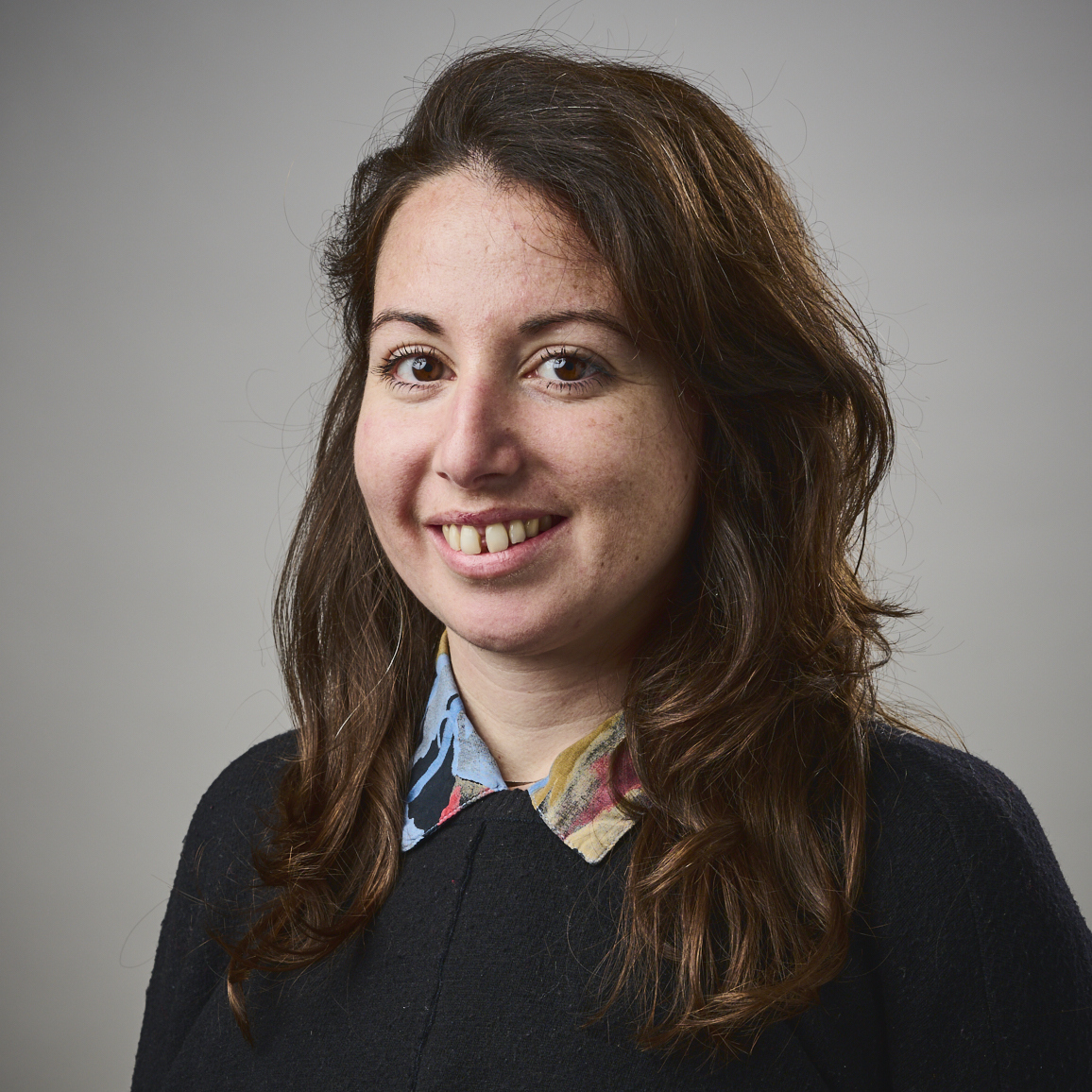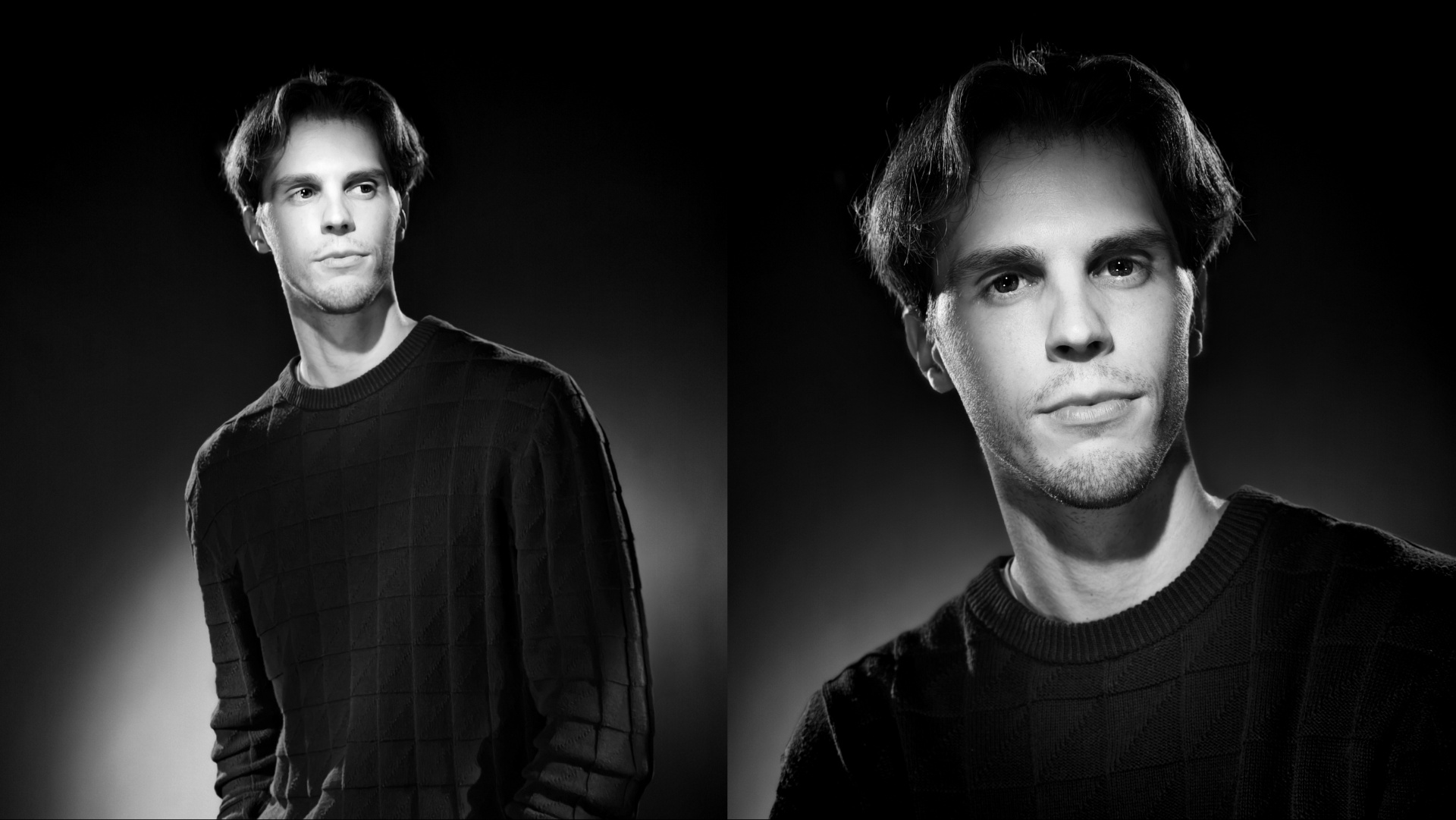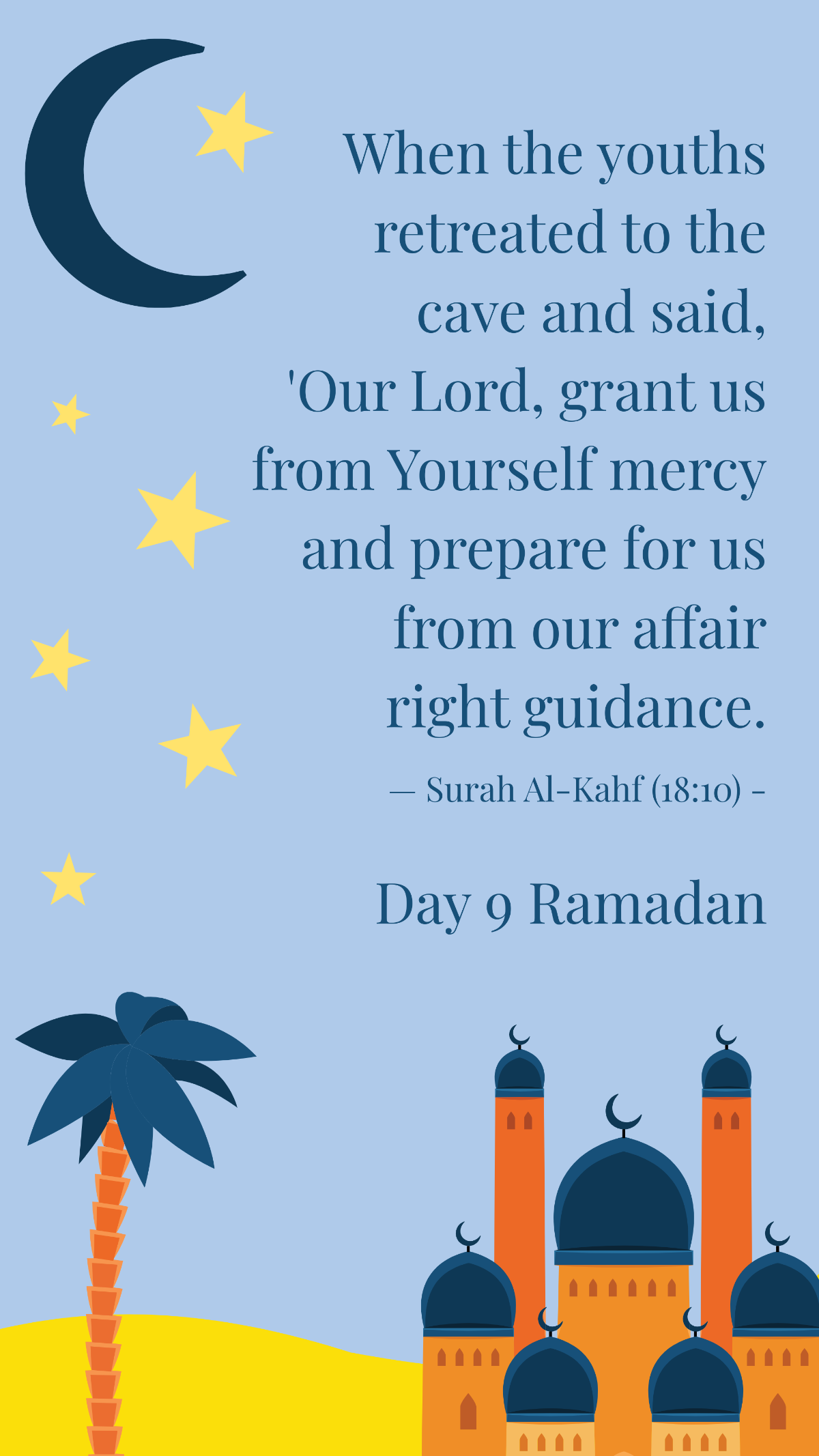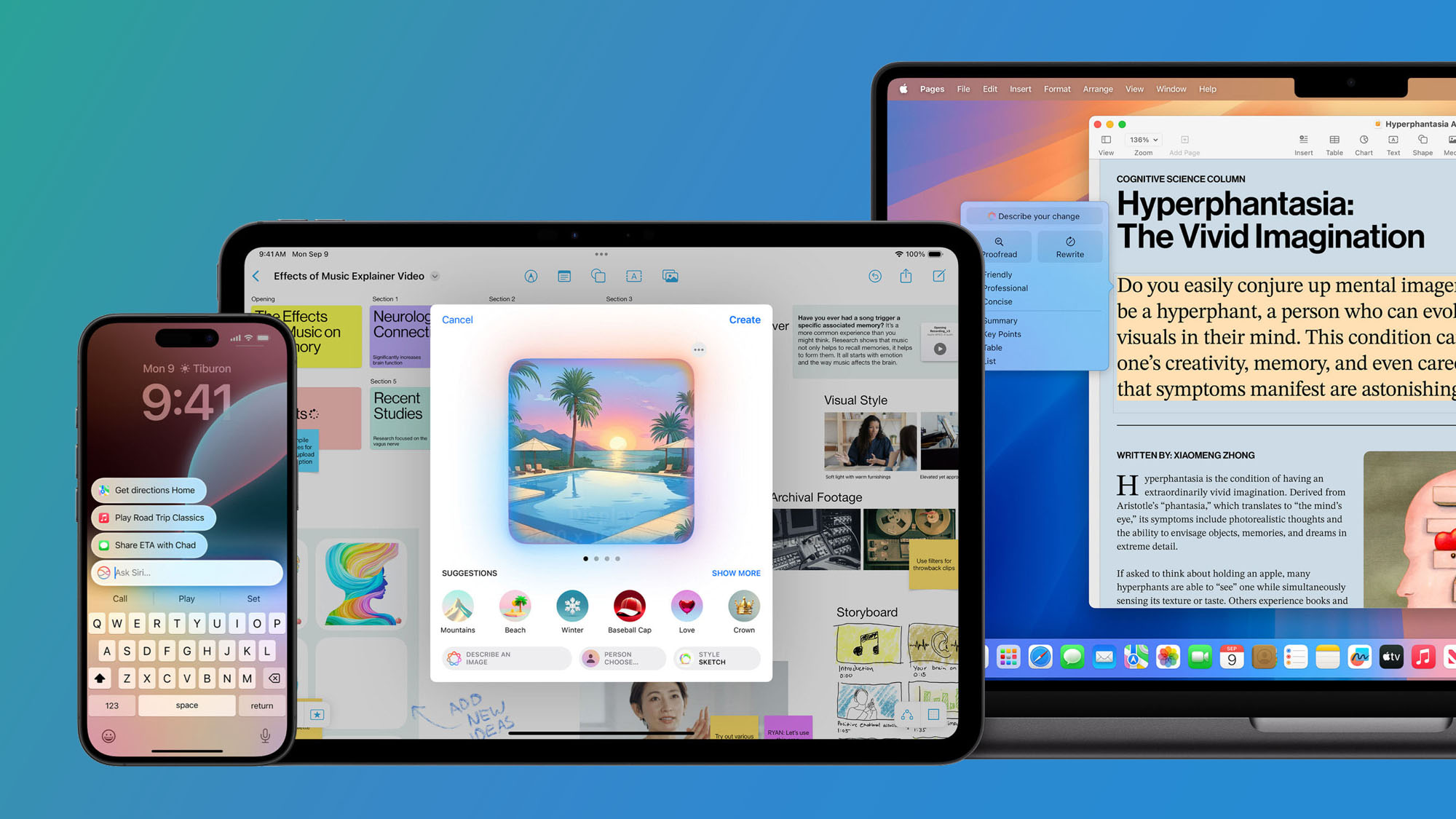Gallery
Photos from events, contest for the best costume, videos from master classes.
 |  |
 |  |
 |  |
 |  |
 |  |
 |  |
Ramadan is the ninth month of the Muslim calendar and the dates change each year depending on the lunar cycle will rise at around 6.30am during the first few days of Ramadan this year, and set The Islamic year consists of 12 lunar cycles, and consequently it is 10 to 11 days shorter than the solar year, and as it contains no intercalation, [a] Ramadan migrates throughout the seasons. The Islamic day starts after sunset. And it is based on a solar cycle consisting of 365 days (or 366 in a leap year). In fact, it takes Ramadan 33 years to circle the entire Gregorian calendar and all four seasons. The date for Ramadan changes every year as the Islamic calendar follows the phases of the moon, known as the lunar cycle. That means that in 2025, Ramadan will start on Friday, February 28 when the moon can be seen in Mecca, the holiest city in Islam. Ramadan will last 30 days ending on Sunday, March, 30 when Eid al-Fitr will be celebrated. Ramadan is the ninth month of the Islamic lunar calendar; the month cycles through the seasons. The start of the month traditionally depends on the sighting of the crescent moon. This year, the first day is expected to be on or around March 1. Since the Islamic calendar follows a 354-day lunar year (12 orbits of Earth by the moon), each month lasts 29.5 days and the dates shift about 11 days earlier each year in the Gregorian calendar. The month of Ramadan usually lasts between 29 and 30 days, depending on the cycle of the Moon. Why does the start of Ramadan change each year? Ramadan is the ninth month of the Islamic calendar. Ramadan is the ninth month of the Islamic lunar calendar; the month cycles through the seasons. The start of the month traditionally depends on the sighting of the crescent moon. Ramadan is the ninth month of the Islamic lunar calendar; the month cycles through the seasons. The start of the month traditionally depends on the sighting of the crescent moon. Ramadan is the 9th month of the Islamic calendar, which is based on a 12-month lunar year of approximately 354 days. Because the lunar year is 11 days shorter than the solar year, each lunar month moves 11 days earlier each year. It takes 33 solar years for the lunar months to complete a full cycle and return to the same season. Ramadan, in Islam, the ninth month of the Muslim calendar and the holy month of fasting. It begins and ends with the appearance of the crescent moon. Because the Muslim calendar year is shorter than the Gregorian calendar year, Ramadan begins 10–12 days earlier each year, allowing it to fall in every season throughout a 33-year cycle. The dates of Ramadan shift by eleven or so days every year on the Gregorian calendar. As a lunar month, it takes thirty-three years for Ramadan to circle through the solar year. Last year, in 2019, Ramadan ended on the 5 th of June. I turned thirty-three twelve days later and so completing one Ramadan cycle. This year, Ramadan is approaching as the fragile ceasefire deal, Ramadan is the ninth month of the Islamic lunar calendar; the month cycles through the seasons. FILE – Worshippers attend As the Islamic calendar is based around the lunar cycle, the Holy month of Ramadan rotates by approximately ten days each year. This year, Ramadan is expected to begin on Friday, Feb. 28, or Saturday, March 1, 2025 and end on Sun, 30 Mar 2025 or Mon, 31 Mar 2025 , depending on the sighting of the moon. 1. When is Ramadan? Its start date varies each year because the Islamic calendar is based on the moon’s cycle, which is about 11 days shorter than the Gregorian calendar. The beginning of Ramadan is determined by the sighting of the new moon, so the exact date may vary depending on your location. 2. Who is required to fast in Ramadan? So when you overlay annual Ramadan occurrences over the Gregorian calendar, it gives the appearance of falling further back each year, some 10 to 12 days each time. In fact, it takes Ramadan 33 years to circle the entire Gregorian calendar and all four seasons. Dates for Ramadan, like other important Islamic dates such as Eid al-Fitr, differ with the difference in geographical location. This can be understood for the following reasons. 1. Lunar Calendar and Moon Sighting. The Islamic calendar coincides with the phases of the moon, not the solar year, as it is based on the lunar cycle. The exact dates of Ramadan change every year. This is because Islam uses a calendar based on the cycles of the Moon. In 2025 in the UK, Ramadan is expected to begin on Friday 28 February and will This means a lunar year is 354 days — 11 days shorter than the solar year. As a result, Ramadan moves earlier by about 11 days each year in the Gregorian calendar, cycling through all seasons 33-year cycle: Repeats lunar phases, affecting Ramadan's seasonal alignment and occurrence in various seasons over decades. Phases of the moon: Each lunar year approx. 354 days, accumulating discrepancies leading to 33-year pattern in Ramadan timing.
Articles and news, personal stories, interviews with experts.
Photos from events, contest for the best costume, videos from master classes.
 |  |
 |  |
 |  |
 |  |
 |  |
 |  |